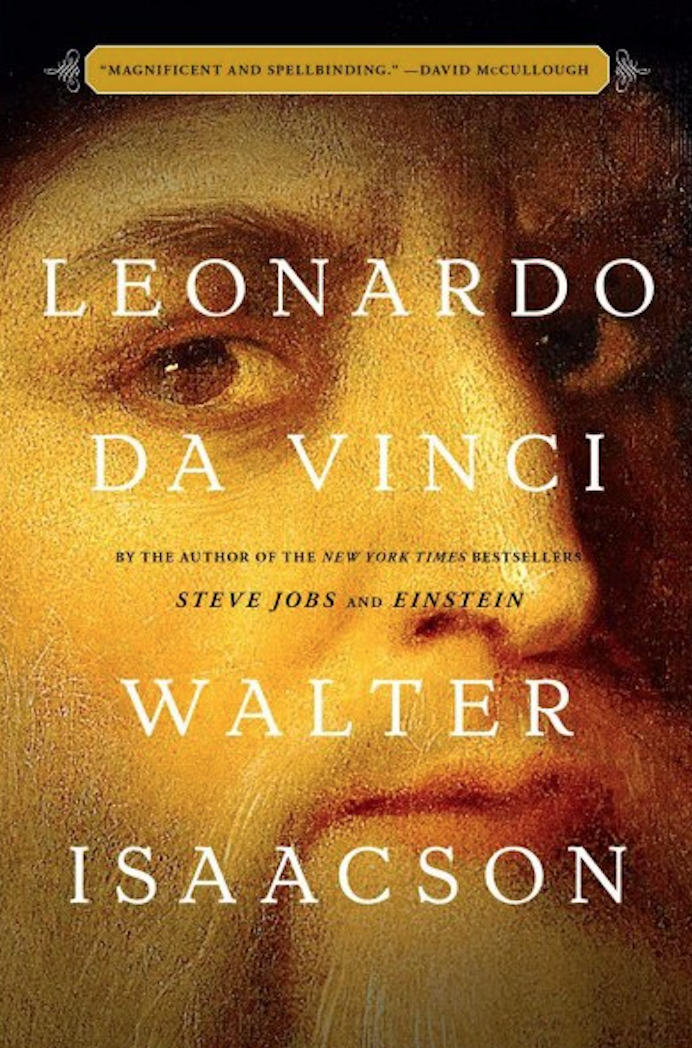Not too long ago I read Walter Isaacson’s bestselling Leonardo Da Vinci, a well-crafted account of the genius’ life and work. Isaacson explores and illumines fine details about advances in art and science in ways that most readers can find easy to grasp and insightful beyond the scope of fifteenth century Italy.
A highlight of the book, making it far more than a mere biography or historical inquiry, came in the final five pages, in a section entitled “Learning from Leonardo.” Here Isaacson listed twenty ways readers could become more inquisitive, creative, and intelligent. I wondered, as I read these suggestions, how they might apply to Christian discipleship. For the next several blogs, I will explore that multifaceted theme.
To start, here is the list of Isaacson’s twenty lessons:
- Be curious, relentlessly curious.
- Seek knowledge for its own sake.
- Retain a childlike sense of wonder.
- Observe.
- Start with the details.
- See things unseen.
- Go down rabbit holes.
- Get distracted.
- Respect facts.
- Procrastinate.
- Let the perfect be the enemy of the good.
- Think visually.
- Avoid silos.
- Let your reach exceed your grasp.
- Indulge fantasy.
- Create for yourself, not just for patrons.
- Collaborate.
- Make lists.
- Take notes, on paper.
- Be open to mystery.
My guess is that the mere reading of the list could prompt immediate ideas for application. It might also raise questions about whether such injunctions should take on the authority that Isaacson gives them. I found some obvious intersections with commands in the Bible as well as some contradictions with Scripture. Still, I think it worthwhile to allow the list to spark ideas of how to reflect the image of God that makes us creative, curious, and communicative beings.
For starters, consider the admonition to be relentlessly curious. Why wouldn’t we want to explore God’s creation, “the work of his fingers” (Psalm 8:3), “tasting and seeing” (Ps. 34:8) that “the whole earth is full of his glory” (Is. 6:3)! When we read the creation account in Genesis 1, we have to marvel at the extra attention given to the grandeur and variety of creation. Note the repetition of the phrase “according to their kind” (with slight variations): three times for the plant kingdom and seven times for the animal kingdom. God likes variety. Observing God’s diverse creation, pausing long enough to notice the differences between species and also within them, could prompt deeper praise for the creator by all his worshippers – not just the artistic ones.
I didn’t get the sense that Isaacson shared my God-centered worldview. He conveyed rather clearly that Leonardo certainly didn’t – at least not one that Christians would wholeheartedly agree with. (I’ll share more about that in a future blog). But I find no reason to keep Isaacson’s insights limited to the sphere of being more fully alive or more like Leonardo. I want to adapt his lessons for greater, more eternally significant ends. I’ll do so in the upcoming series of blogs on the other nineteen lessons.



